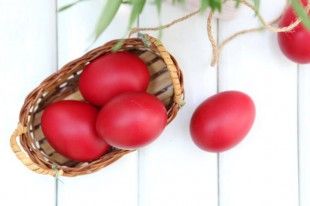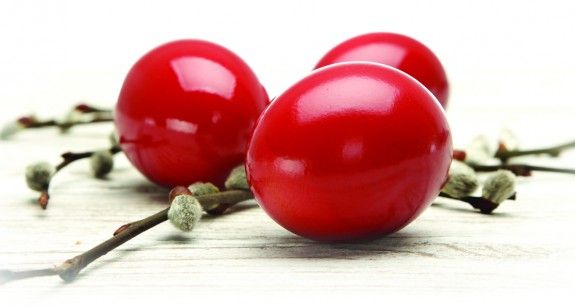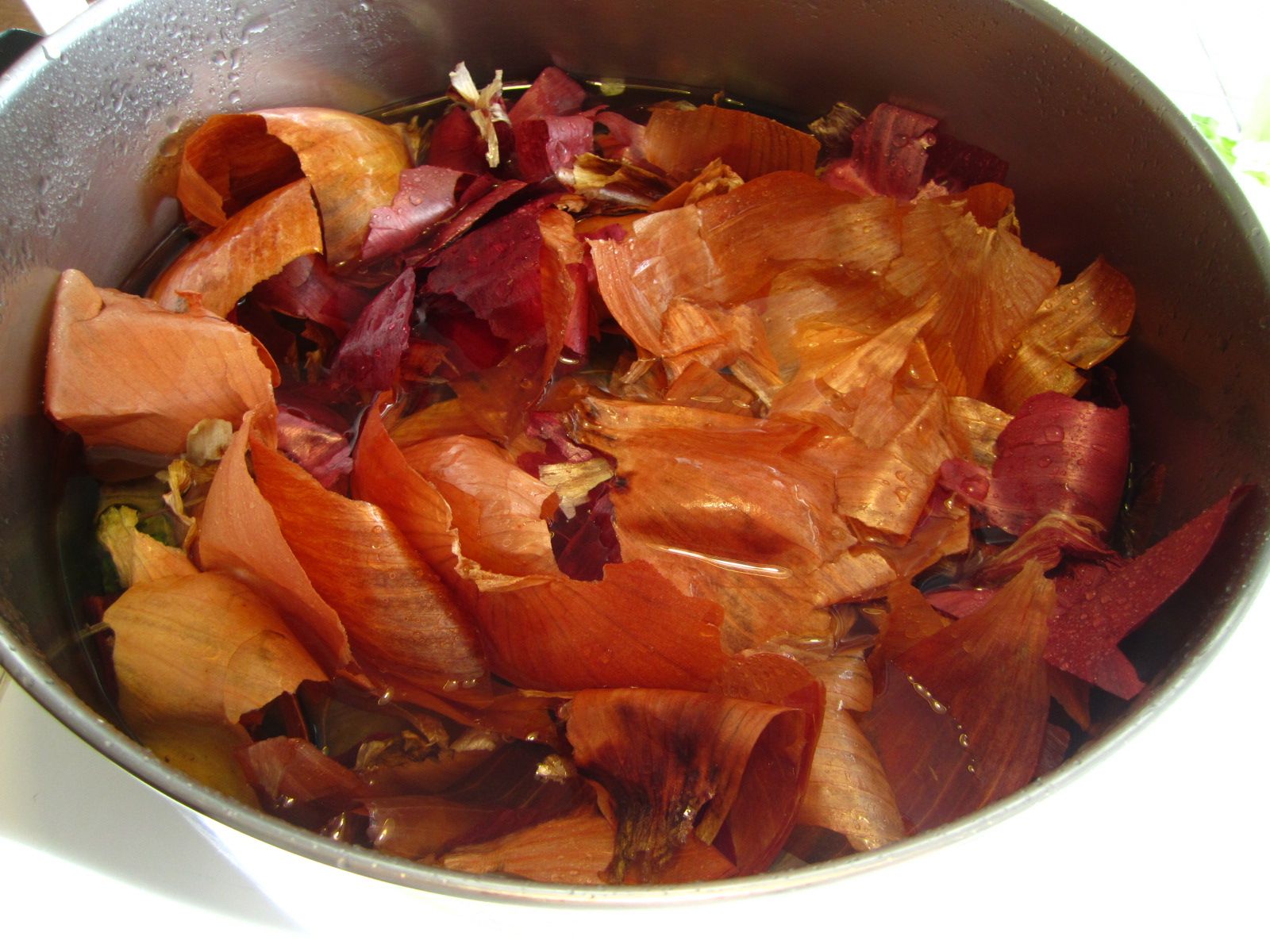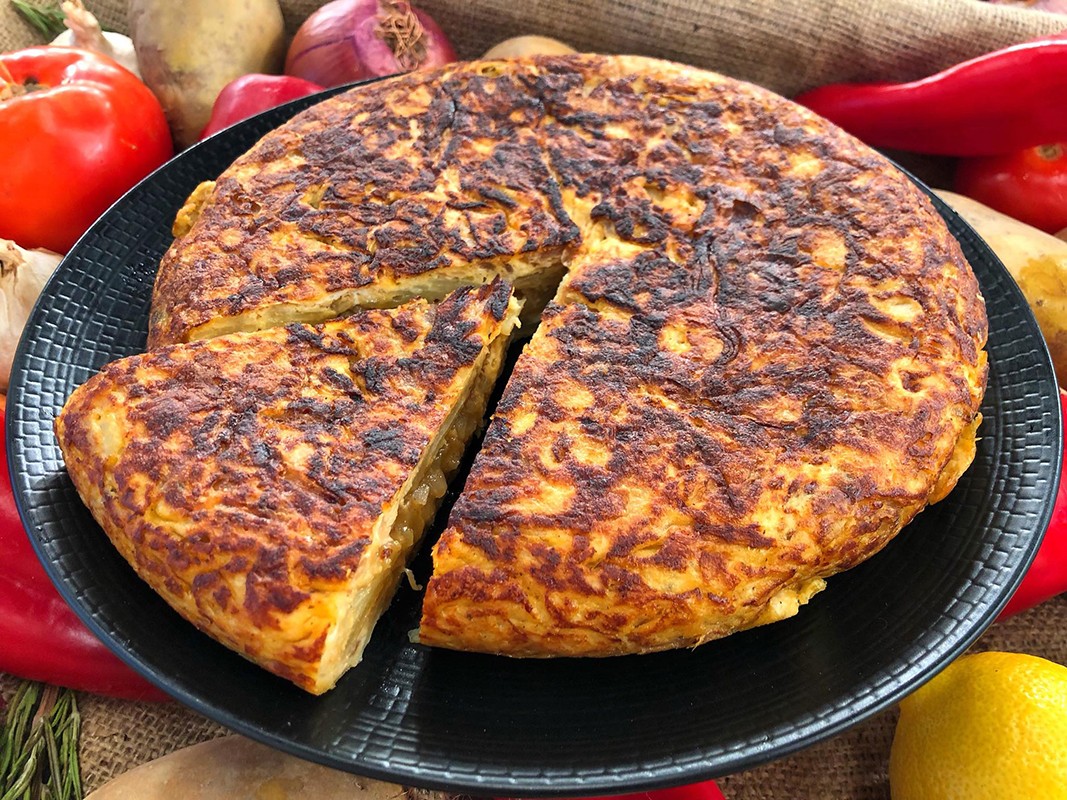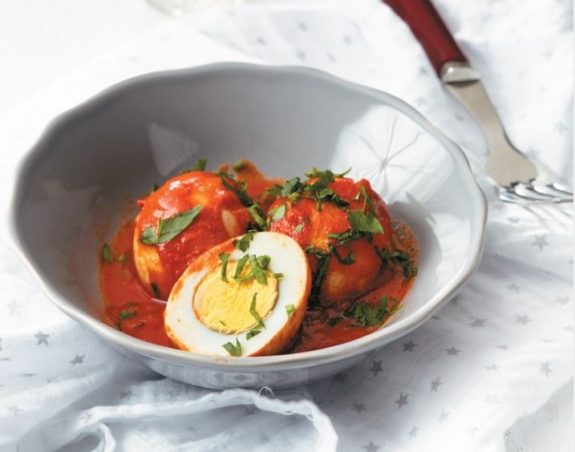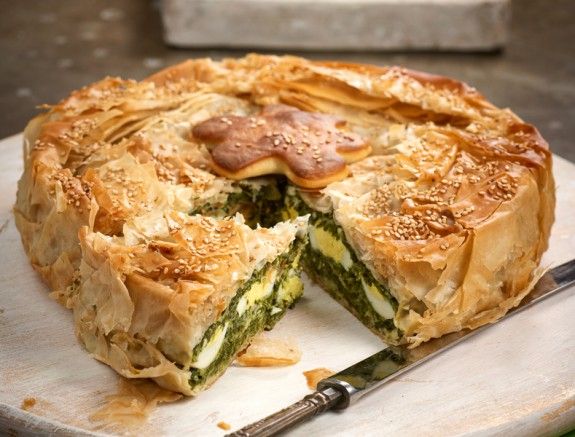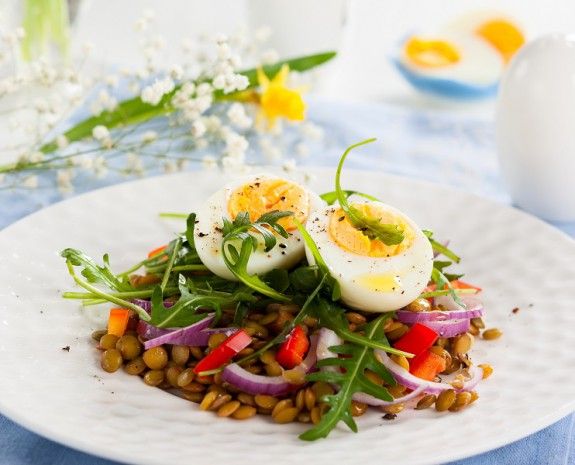It will definitely become excellent if you try to dye your eggs using the red –signature– colour or different kinds of other vibrant ones! Commercial dyes are available, but the skins of onions work wonderfully, too, for an old-fashioned natural method.
Red eggs represent the blood of Christ and rebirth and are perhaps the brightest symbol of Greek Easter. The Greek Orthodox tradition is for eggs to be dyed red on Holy Thursday in commemoration of the Last Supper.
Red Easter eggs using commercial dye
Method
Step 1
Place room temperature eggs with cold water in a large pan in a single layer. Bring to a very gentle boil (low heat) and cook for at least 20-25 minutes. To test if your eggs are hard boil, spin one egg on your counter. It should spin slowly.
Step 2
Dissolve the dry red dye in a glass of water and pour in the pan with the eggs. Stir in one cup of vinegar and stir gently. Leave the eggs as much time as needed (follow the instructions). With a spoon slowly lift your eggs one by one out of the pan to check the color. Place it back gently if it needs more time.
Step 3
With a slotted spoon slowly lift each egg out and place on baking paper or aluminium foil to dry. Allow the eggs to cool.
Step 4
Use a piece of cotton or a paper towel and oil and rub each egg gently. This will make them shine. Place on a basket or platter and decorate it further with Easter ornaments of your choice.
Red Easter eggs using onion skins
Method
Step 1
In a stainless saucepan place skins of 15 red onions and two tablespoons of white vinegar in 4 1/2 cups of water and bring to a boil. Simmer for 30 minutes. Strain “dye” into a glass bowl and let cool to room temperature.
Step 2
In a stainless saucepan add the “dye” and eggs at room temperature in a single layer. Bring to a very gentle boil (low heat) and cook for at least 20 minutes. Start checking for colour at 12-15 minutes. If eggs are not red enough after 20 minutes, leave in the pan but remove from heat. When your pan has cooled, place in the refrigerator until desired red colour is reached.
Step 3
With a slotted spoon slowly lift each egg out and place on baking paper or aluminium foil to dry. Allow the eggs to cool.
Step 4
Use a piece of cotton or a paper towel and oil and rub each egg gently. This will make them shine. Place on a basket or platter and decorate it further with Easter ornaments of your choice.
Tip: Do not use any wood, ceramic, plastic or other porous materials as they can be coloured by the dye.
Related articles
Magiritsa: the traditional Easter soup

